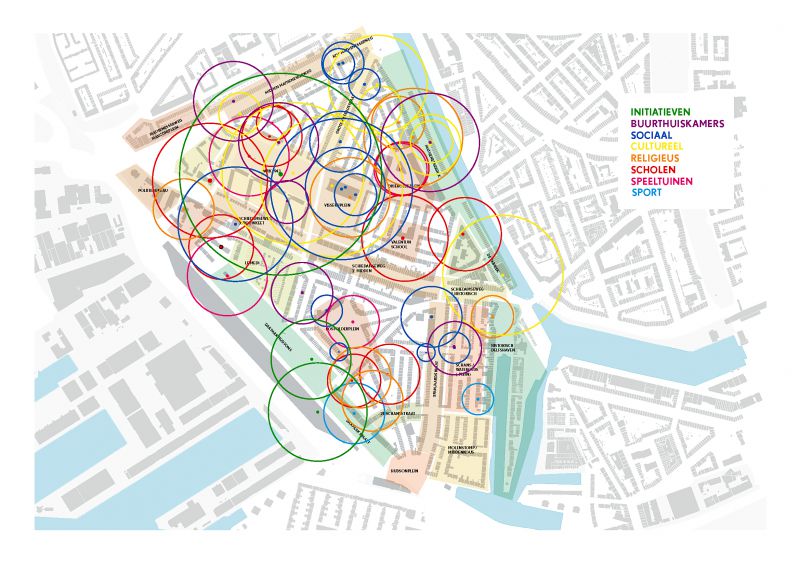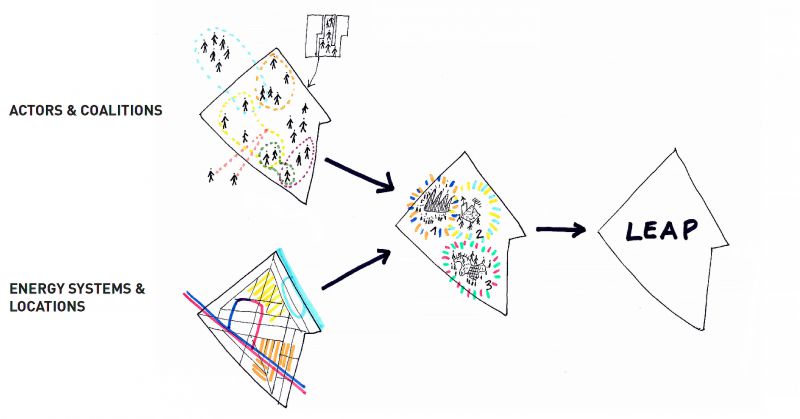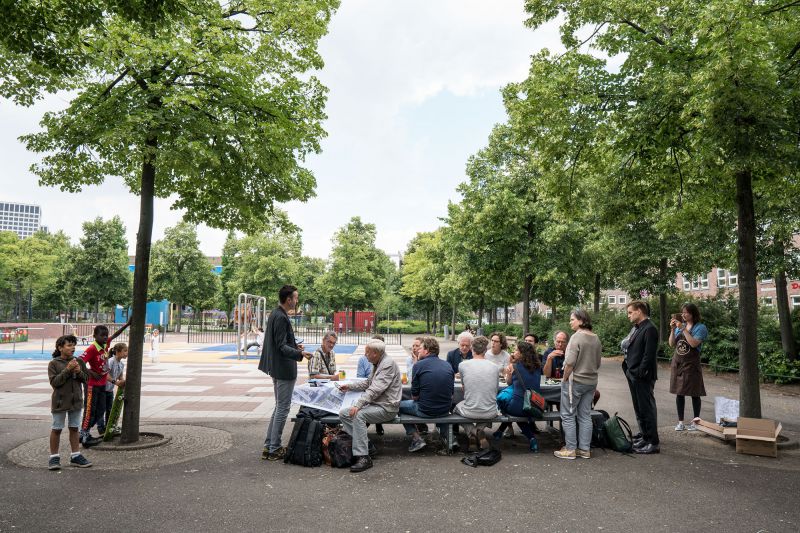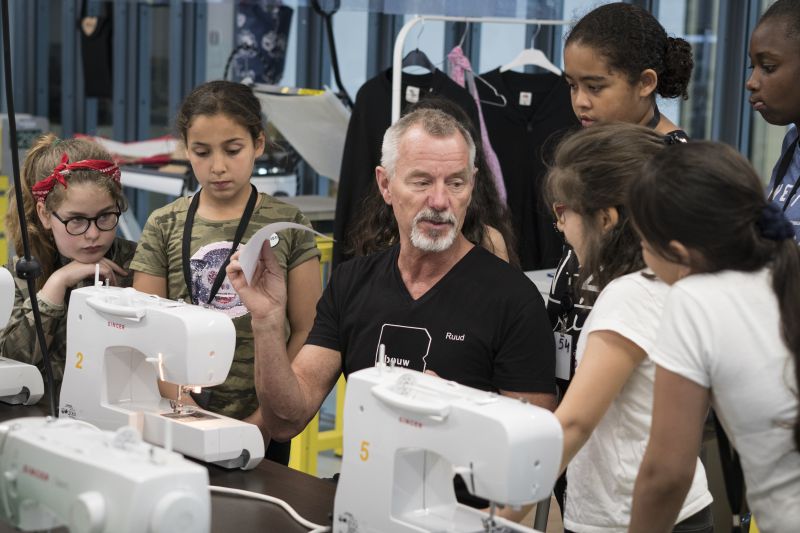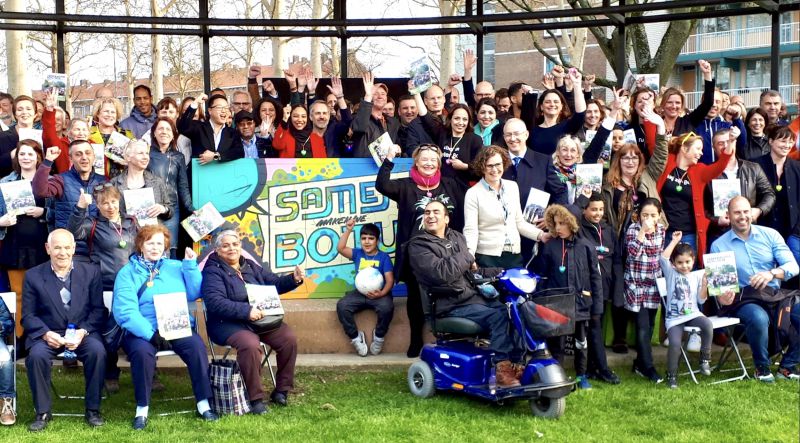In the coming years, Rotterdam’s neighborhoods will switch from conventional to renewable energy one by one. The energy transition will be the largest conversion the city has faced since its post-war reconstruction. However, many of its neighborhoods also face other challenges – ones that their residents often consider much more urgent. Unemployment, school dropout numbers, debts and public security: these are the themes vulnerable neighborhoods set store by, not the energy transition. Other neighborhoods have yet other questions, such as how to climate-proof the neighborhood or how to find space for new dwellings.
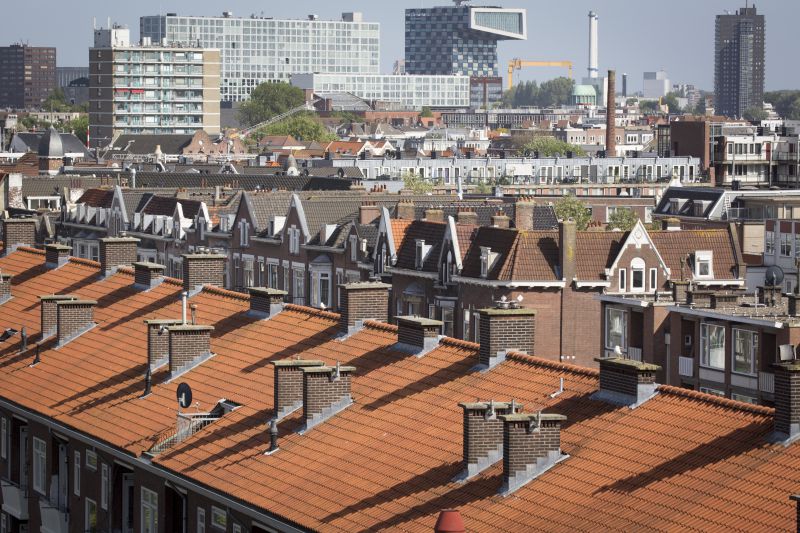
picture: Frank Hanswijk
Towards Energy Districts
It is on the scale of the district that large systems touch people’s immediate living environments. The energy transition will have consequences at the level of the neighborhood, the street and the dwelling. Fortunately, collective action can be organized at that very same level, that of the neighborhood. Is it possible to use the energy transition as a lever for simultaneous, solution-oriented work on other challenges in neighborhoods? To develop collective strategies that ensure that the large investments necessary for the energy transition also serve other goals, strategies that provide social added value in and for the neighborhoods themselves? This is the central question of the IABR–Atelier Rotterdam’s project Energy Districts, which examines and tests how urgent challenges can be addressed coherently and how the energy transition can thus be used as a lever for a more socially inclusive form of urban development.
Testing and developing in and with the neighborhood: Bospolder-Tussendijken
After IABR–2018, the IABR–Atelier Rotterdam started advancing the concept of the energy district. The City and IABR decided to do this in the Bospolder-Tussendijken (BoTu) neighborhood, in close collaboration with local stakeholders and using the existing local dynamics and opportunities. The aim is to develop a working model that can also be used in other neighborhoods as well as more widely, outside the city of Rotterdam.

picture by Frank Hanswijk
In the program of the Municipal Executive, Bospolder-Tussendijken is designated one of the neighborhoods eligible for an ‘integrated sustainable area approach’. In the coming years, plans will be drafted to make the neighborhood gas free. But BoTu is also a ‘vulnerable’ neighborhood that faces urgent social challenges. Therefore, and together with local stakeholders, the IABR–Atelier is now investigating how the energy transition can contribute to making BoTu a more inclusive and resilient neighborhood.
In Bospolder-Tussendijken, the IABR–Atelier Rotterdam works with a growing number of partners: the Delfshaven Cooperative, the City of Rotterdam (including: Urban development, Social Development, Resilient Rotterdam, Stadsmarinier), the Metropolitan Region Rotterdam The Hague, Havensteder, ERA Contour, Rebel, BOOR Foundation & De Dakparkschool, De Speeldernis, Rotterdam Academy of Architecture, Veldacademie and many more.

